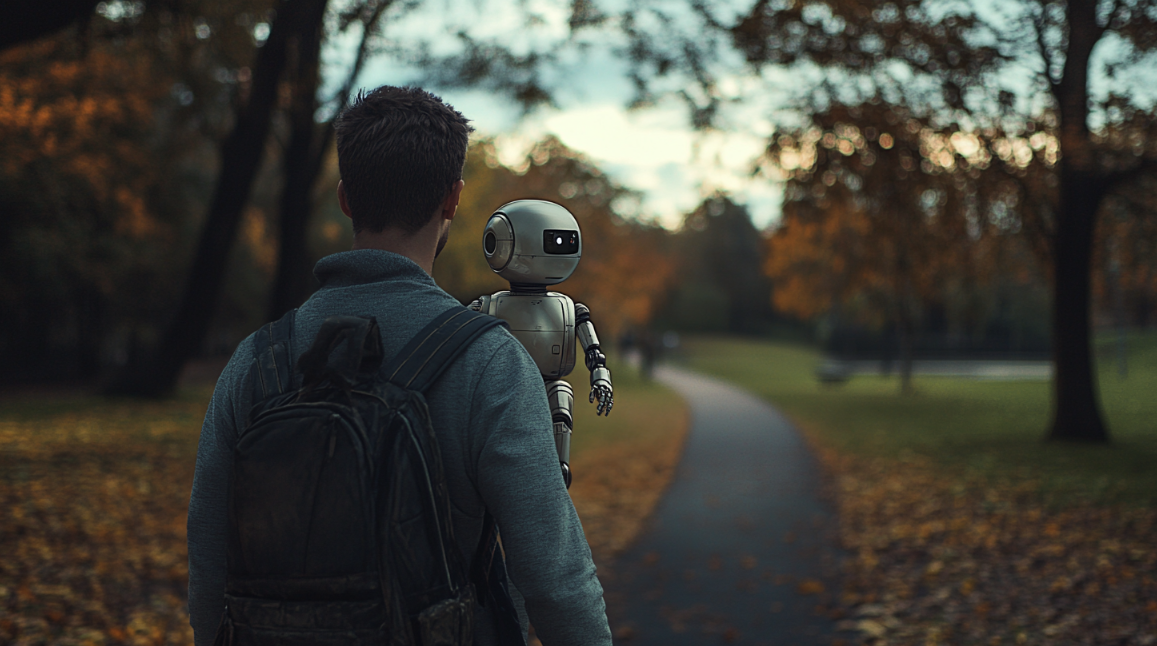Three ideas were crashing and melding and reforming in my brain the other day. Gall’s Law. Planned cities. And Esperanto.
Remember Gall’s Law? I mentioned it a while back. It’s the idea that complex systems can’t be designed from scratch. They have to evolve from simpler systems that work in the real world.
Brasilia is an example of a planned city. A few geniuses decided how they thought a city should be, but it turned out people didn’t like it. It was a big failure.
And Esperanto was a language created by linguists. It’s very logical, but nobody uses it.
These three concepts have one thing in common. There are some things that experts can’t design. They have to develop organically through real-life experience, mostly because even the most genius expert can’t anticipate what people will actually want or prefer. People are weird.
How does this apply to publishing, and content-based websites? And what does it have to do with AI?
Two things.
Publishers should pursue a radically user-centric approach to website design.
This might be something AI won’t be able to do for quite some time.
Let’s compare the geniuses who designed Brasilia to your genius web designer. Both are legitimate experts in their field. They know a lot. I’m not trying to downplay or discredit that in any way. These are experts who know their trade.
Still, expertise only goes so far. It’s only in the rough and tumble of real-world interaction that you can make a successful city or a successful website.
What does being radically user-centric look like? That’s a big topic in itself, but here are a few elements.
- Market research
- Demographics
- Goals
- Pain points
- Motivations
- Develop personas based on findings
- Content research
- What are your users’ questions?
- What formats do they prefer?
- Architecture and navigation
- A/B testing
- Visual design
- Emphasize readability, legibility, a clean, responsive design
- Personalization
- Community
Yesterday I discussed the fear many publishers have about an AI-dominated future, and one of my examples was searching for a recipe. What I hate about recipe websites is that they start off with two pages about Aunt Mable and her summer picnics, where I just want the recipe – which is exactly what a chatbot would give me.
Much to my chagrin, I found that some people actually like that stuff. So a “user-centric” design would allow me to skip straight to the recipe and allow other people to read about Aunt Mable’s summer picnics.
Can AI do that? Is AI able to imagine different possible responses to a design, and then implement it?
I don’t think so. At least it won’t be able to do this for a while yet.
The bottom line is that one response to AI is to go all-in on the hectic, weird, irrational, unplanned, chaotic nature of human experience. Don’t try to think and plan better than AI. Try to be more human than AI.




